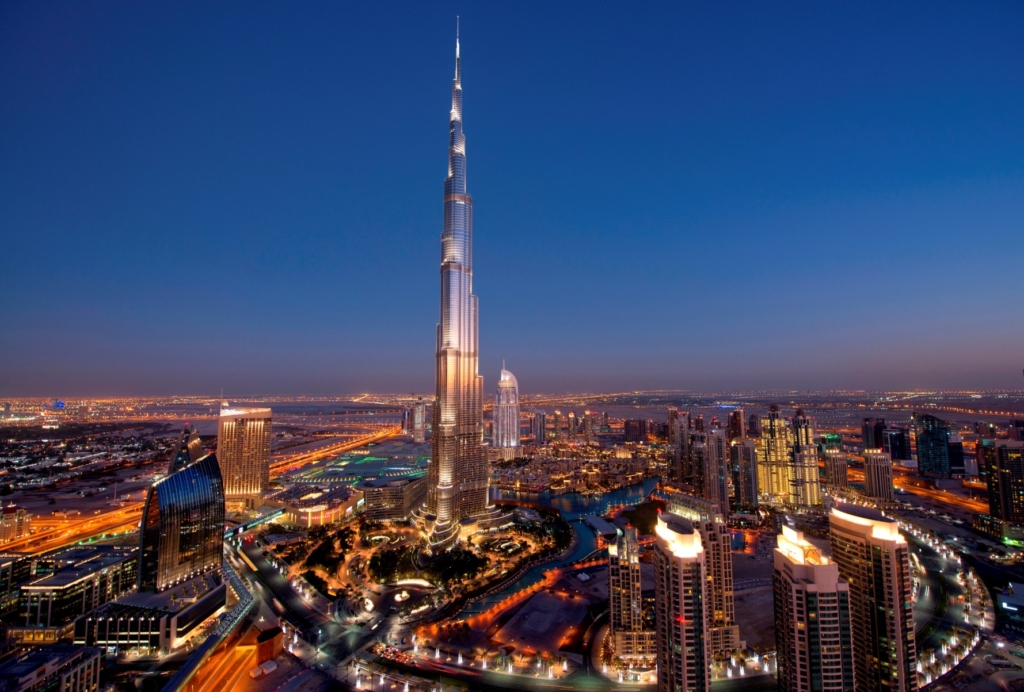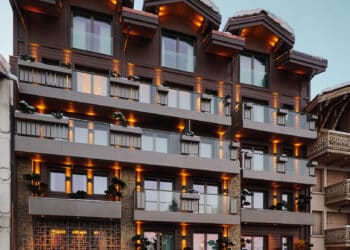Dubai welcomed 15.92 million international overnight visitors in 2018, marking a new high according to the latest data released by Dubai’s Department of Tourism & Commerce Marketing (Dubai Tourism).

Continuing to expand its appeal as a global destination of choice for another year running, Dubai’s top source markets delivered bankable performances with several strategic feeders witnessing double-digit growth yet again to continue momentum towards growing the number of international visitors annually in line with Dubai’s Tourism Vision 2022-2025, in addition to driving even greater economic impact on the emirate’s GDP.
HE Helal Saeed Almarri, director general, Dubai Tourism commented: “Guided by the vision of HH Sheikh Mohammed Bin Rashid Al Maktoum, vice-president and prime minister of the UAE and ruler of Dubai, the department remains focused on ensuring that Dubai becomes the number one most visited city in the world in line with Dubai’s Tourism Strategy 2022-25.
“As such, throughout 2018, we developed and deployed a custom-market specific approach to our global outreach programmes to deeper penetrate our target markets and widen the sphere of influence and engagement with the Dubai proposition. Exposing our industry to new potential in order to convert a higher share of the dynamically evolving global outbound travel market has helped steady Dubai’s base tourism volumes throughout last year. Our strategic investments, innovative destination promotion programmes, responsive federal policy reforms, and long-term global partnerships – all backed by the tremendous support of our stakeholders across the government and private sector, continue to yield strong results as we ramp up efforts to increase Dubai’s accessibility, visibility and overall appeal, minimise barriers to travel, deliver new standards in global travel experiences, and ultimately drive both first-time and repeat visitation.”
Traditional strongholds have retained their affinity for the city’s destination proposition, with India once again crossing the two million mark and maintaining its number one position at the end of 2018. This has been fuelled by strong business partnerships with key industry leaders and national publications like TOI in India, and tailored destination-focused campaigns, such as multi-award-winning #BeMyGuest collaboration with Bollywood superstar Shah Rukh Khan, as well as highly targeted seasonal activations to resonate with a diverse range of Indian audiences.
Saudi Arabia came in a strong second, remaining the highest traffic volume generator for the GCC, with 1.6 million visitors, representing a steady 3% year-on-year growth, thanks to customised activations including specialised city-wide activities and promotions for Saudi Arabia National Day celebrations, all especially designed to attract visitors from the country.
The UK, meanwhile, also retained its third place slot with an impressive 1.2 million British travellers visiting the city in 2018, testament to Dubai’s enduring popularity in the market, despite Brexit conversations impacting overall outbound travel and consumption sentiment from the country.
Experiencing impressive encore performances with double-digit growth to maintain their strength within the top ten feeder markets, China, Russia, and Germany continued their upward trajectory in 2018. China rose to the number four position, with tourism volumes rising 12% in year-on-year growth to bring in 857,000 Chinese tourists in 2018. Russia experienced a significant 28% growth to move up two places landing at sixth position with 678,000 visitors in 2018, as both China and Russia continued to benefit from the introduction of UAE visa-on-arrival visitor regulations and increased air capacity into the emirate. German tourists continued to grow in strength as 2018 welcomed an impressive 567,000 tourists, exhibiting a 12% increase over 506,000 visitors in 2017.
The USA came in as the seventh top source market with 656,000 visitors in 2018 representing an increase of 4% while the Philippines entered the top 10 for the very first time with 387,000 tourists to Dubai. Owing to successful ongoing destination marketing strategies, Dubai also welcomed 348,000 overnight guests from France, with the country rising two ranks and seeing a 17% year-on-year increase while Italy witnessed a 9% growth. A stellar 36% spike from Nigeria brought the market back into the top 20, with 185,000 Nigerians visiting Dubai in 2018. These strong performances helped balance the decline in visitation from strong-hold markets like Oman and Pakistan.
From a regional perspective, Western Europe emerged as the largest contributor of overnight visitor volumes for 2018, commanding a 21% share, to maintain its pole position from 2017. This was closely followed by the GCC and South Asia, contributing 18% and 17% of all international visitation to the city respectively. North Asia and South-East Asia regions accounted for 11% to reflect sustainable growth aided by Dubai Tourism’s international diversification strategy.
The close proximity markets across the MENA region also delivered steady growth volumes of ten per cent while Russia, the wider CIS and Eastern Europe collectively delivered 9% of the total visitation, a 2% increase from 2017. The Americas and Africa each contributed 6% of the volume base, and Australasia rounded off the regional mix with 2% of market share in 2018, largely driven by stop-over travellers.
Dubai’s hospitality sector continued to make further strides in expanding its offering to match the evolving needs of visitors, both in terms of scale and breadth. The hotel sector observed an 8% growth over a 12-month period versus 2017, with the total number of hotel and hotel apartments keys reaching 115,967 across 716 establishments. Luxury five-star hotels made up 33% of the emirate’s total inventory, with four-star hotels commanding a 26% share. Properties in the one- to three-star categories represented a share of 20%, reflecting the benefits of a sustained approach to driving consideration from diverse segments. Hotel apartment establishments constituted a combined 21% of the total inventory, split into deluxe/superior and standard categories. With average occupancy reaching 76%, occupied room nights were up to 30.13 million, while guests’ average length of stay remained unchanged at 3.5 nights.


































































